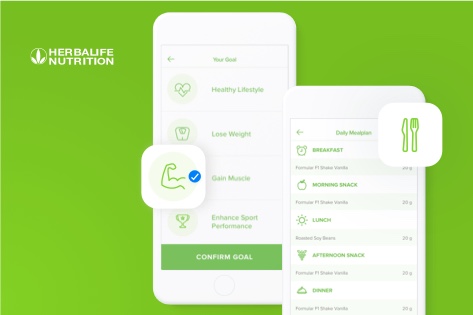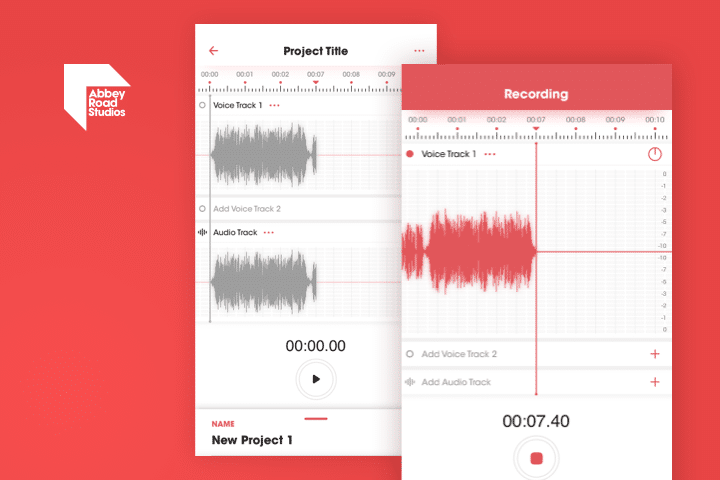R&D consulting company
Verify your idea and put your business on the right track with a thorough analysis and strategies backed by data
Let’s work together
Ensure your product becomes a success
Research and development is focused on investigating new technologies and verifying ideas to set your emerging product on the right track or add a competitive advantage to any already-released solution. Our team approaches each case individually to identify the best technical opportunities and main barriers in order to answer the question: what to expect from your business idea?
Our R&D consulting services
Discover more about how we conduct our research and development to help businesses make the most of their ideas
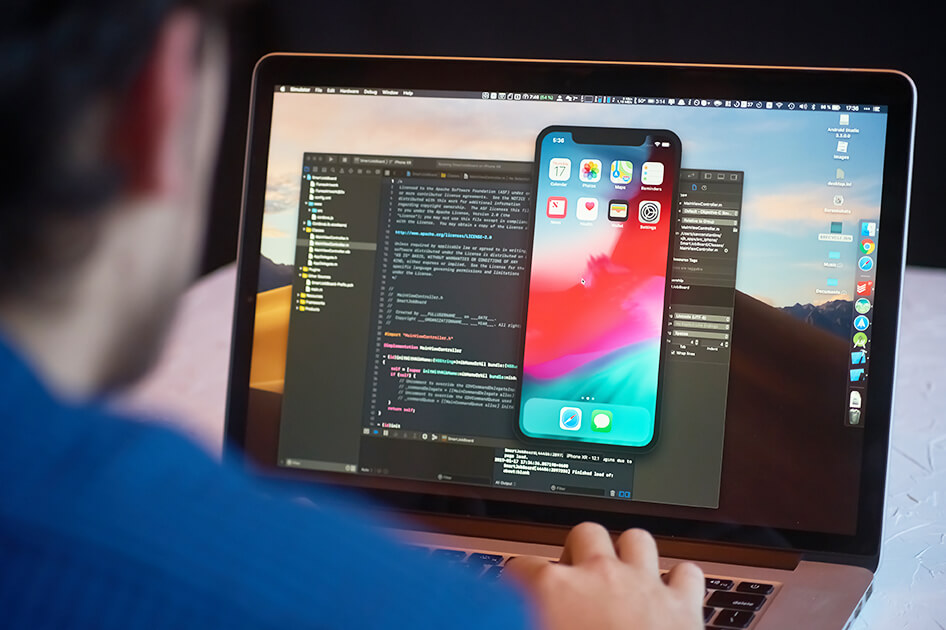
Proof of concept
Make sure your product strategy will find the right spot on the market with a proof of concept done right in 2 to 4 weeks. Through extensive market research, idea validation and the rapid prototype development of your product, we test out whether your ideas can be achieved, what needs to be improved and/or changed about it. This gives you the ability to test your concept among the target user bases and can help to secure funding for the idea.
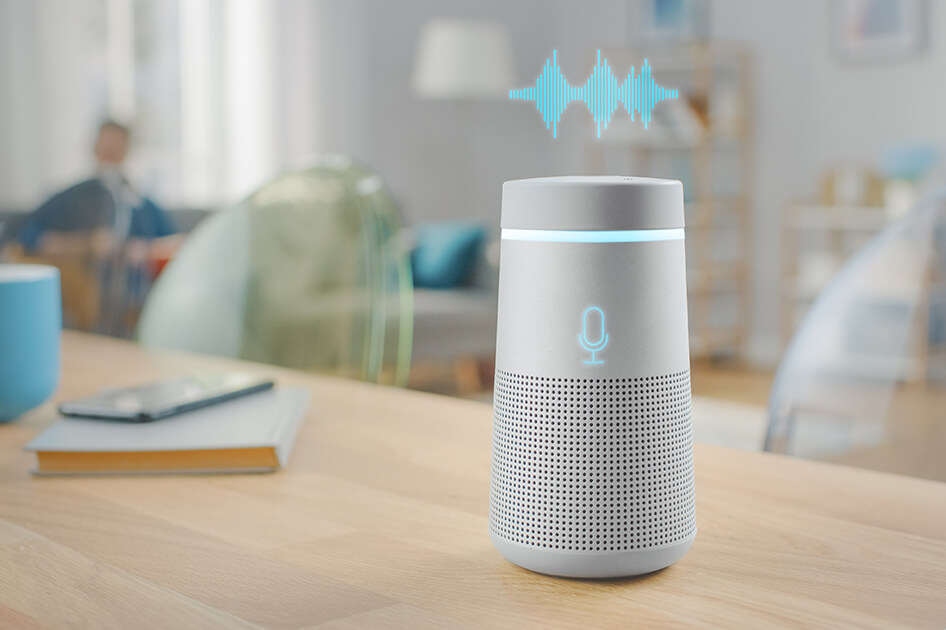
Innovation Research
Innovation research aims to study the feasibility of your product idea. It is defined as highly iterative research that takes about 2 − 3 weeks, which is conducted in a series of short Innovation Sprints. During the research, we work out how your product could be boosted with new technologies, be it Artificial Intelligence, Augmented Reality, Internet of Things, or other possibilities for innovation. Aim at testing out a completely new technology or utilise an existing one in a unique way.
Tangible results, right on schedule
Need your idea verified fast?
Choose Miquido as your R&D company
We’ve got what it takes to get your business on the right track. See for yourself!
Full-service company
Our experienced team will take care of everything related to your project: from R&D, through design and development, all the way to maintenance and further product growth.
Trusted by our clients
Open communication and a client-oriented approach are extremely important to us and the numbers speak for themselves: 9 out of 10 of our projects come from referrals.
Awarded for our work
Our rich portfolio of over 150 projects has granted us recognition by the Singapore Fintech Festival, Google I/O, UK App Awards, Mobile Trends Awards, and more.
Did we persuade you?
Let’s work togetherOur solutions powered by R&D
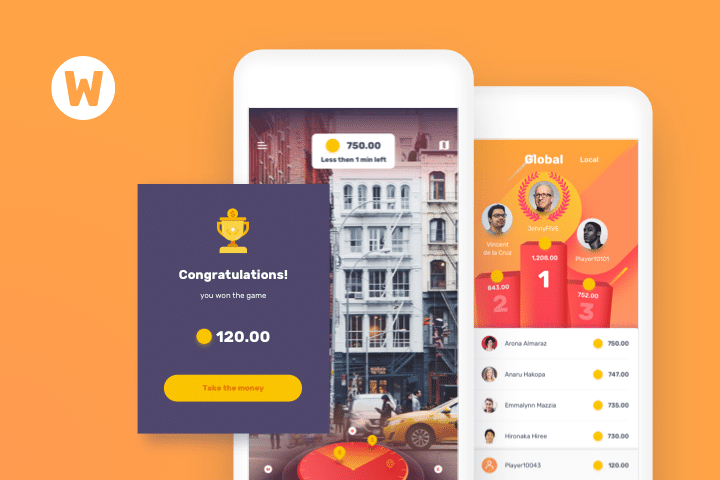
Winz
Scavenger hunt remastered: now in Augmented Reality
development
delivered
conducted remotely

Our Research & Development consulting services for industries
Create a digital product that will inspire innovation in the healthcare industry, and test out new ideas for medical solutions with our R&D services. We’ve worked with many healthcare providers, including Vheda Health, whom our R&D team helped to integrate the app with medical equipment. With Miquido, you’re gaining a development partner experienced in building solutions for telehealth, mHealth, remote health monitoring, health data management, and more.
e-Commerce is an industry where research is especially important, both when it comes to the functionalities of the software solution itself and the customers that will come to use it. Over the years, our research and development team has helped to build some truly unique solutions for e-Commerce, eg. an application available through e-book readers. With R&D, you can ensure that your idea is the right fit for the market, and your online store brings in the results you expect.
Ensure your entertainment project has the right features to keep users engaged with the help of our research and development team. Over the years, we’ve become experts in creating music, social, travel, and event applications, and have worked with the entertainment industry’s top brands. A prime example of our work is Winz, a game based on geospatial augmented reality, developed thanks to our R&D team. Ready to bring some fun to your users?
Fintech is where innovation counts above all else, and the competition is fierce. That’s why you have to make certain that your idea has what it takes to become a hit on the market, and leave other companies far behind. Our R&D team has helped many financial businesses to develop products that granted them a competitive edge, one of which is the ML-based credit scoring system for Nextbank. Whether it’s a simple personal finance solution to complex banking software – we’ve got you covered.
Didn’t find your industry? No problem. Over the years, we’ve worked with companies from all over the world, operating in many different fields, and our team is always ready for new and exciting challenges. Whatever solution you need, we’re ready to help you reach your business goals with cutting-edge technology.
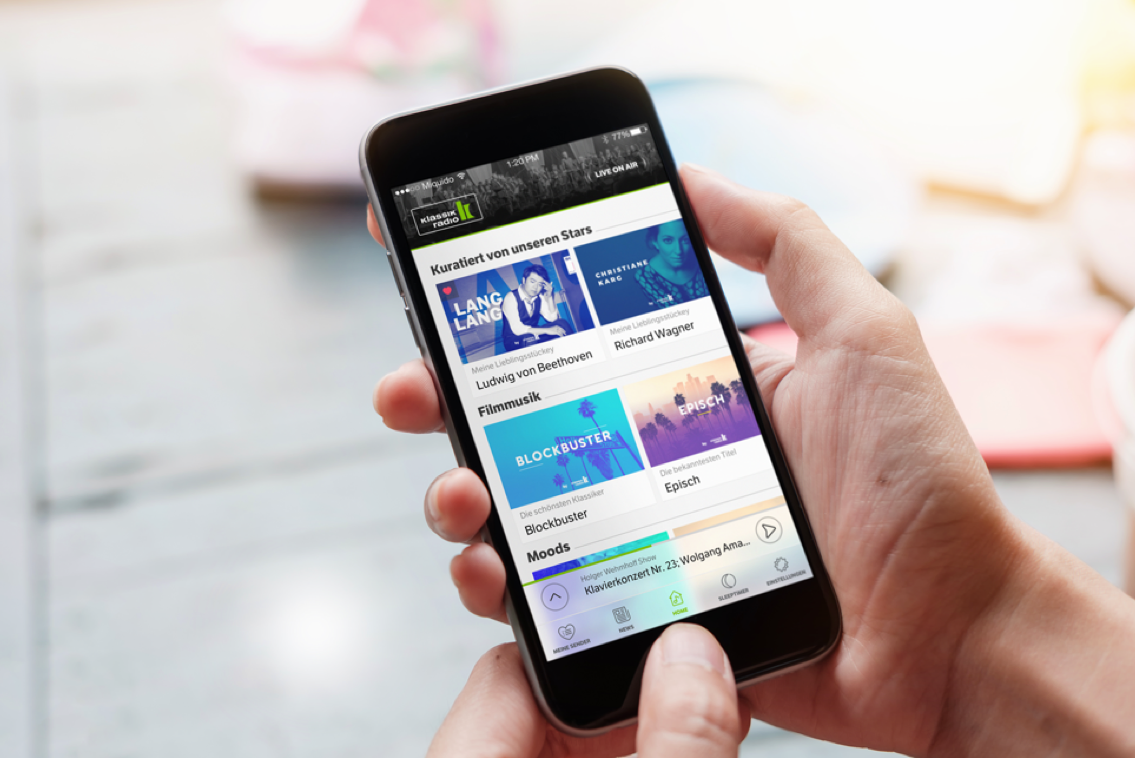
Custom app development
Want to read more about research and development?
See our FAQ section to find your answers. And if there are some details you’re still curious about – shoot us a message!
What are the main stages of R&D?
Step 1: The research journey begins with a process of setting clear objectives, conducting initial analysis, and holding a kick-off meeting. This step establishes a solid foundation for the research project, aligning team members and defining the scope and purpose of the endeavour.
Step 2: Next comes the study phase, which is divided into focused iterations we call “Innovation Spikes.” These iterations typically last 1 to 2 days. After each Innovation Spike, an analysis of the results takes place, followed by consultation about the subsequent steps we need to take.
Step 3: As the research progresses, a significant milestone is reached when a prototype is delivered. This prototype serves as a tangible manifestation of the ideas explored. If the prototype proves to be viable, it showcases the potential value of the target solution.
Step 4: Depending on the outcomes and objectives, the research process can either conclude, having achieved its intended goals, or proceed with further exploration of alternative approaches. This phase allows for the consideration of different paths, potential refinements, or new directions to pursue based on the knowledge and insights gained.
In-house or outsourced R&D: Which one is right for me?
As always, there is no final answer to this question. Both options have pros and cons, depending on your company’s needs and capabilities.
Building and maintaining an in-house R&D team requires long-term commitment and investment. Inhouse R&D services may be cost-effective only when research is conducted over an extended period of time, and you can sustain and manage the R&D team accordingly. On the other hand, having an in-house R&D team may provide a level of flexibility, allowing the team to adapt and switch tasks relatively quickly. However, it’s important to note that rapidly expanding or shrinking the team and teaching them new skills overnight may pose challenges.
On the other hand, outsourced R&D provides access to specialised expertise. This can include technical skills, technologies, and resources. Furthermore, it can be a cost-effective option, as it eliminates the need for the company to invest in developing an R&D team in-house and allows the team to scale dynamically according to current needs. Outsourced R&D can also be a time-efficient option, as the company can outsource specific projects or tasks and focus on other core business areas.
The decision between in-house or outsourced R&D depends on your needs. If control during the design process is crucial to you, in-house R&D is worth considering. However, it is essential to note that choosing outsourced services with a collaborative software development company does not necessarily mean less control and weakened communication. So if you are looking for expertise and want to save time and money, opting for outsourced Research & Development services may be the best option.
What are the types of R&D?
We focus on two main services related to Research & Development: Proof of Concept and Innovation Research.
Proof of Concept involves creating a prototype or conducting small-scale experiments to demonstrate the potential of a new idea. This type of R&D serves as a preliminary step, helping to gauge the direction and viability of a project before committing to extensive development.
On the other hand, Innovation Research focuses on technical feasibility, technologies, or methodologies that have the potential to revolutionise existing practices or introduce entirely new ones. Innovation Research aims to push the boundaries of what is possible, often combining interdisciplinary approaches and fostering an environment of unconventional thinking.
Proof of Concept and Innovation Research play crucial roles in R&D. PoC enables researchers to validate ideas and concepts, minimising risks and optimising resources before embarking on large-scale endeavours. Innovation Research, in turn, nurtures a culture of exploration and experimentation, driving forward-thinking initiatives and empowering organisations to remain at the forefront of technology.
How can Research & Development improve existing products?
Innovation: R&D fuels innovation by fostering an environment of exploration. By investing in R&D, you can develop groundbreaking solutions, improve existing products, and create a competitive edge in the market.
Risk Mitigation: Through R&D, you can assess the feasibility of ideas and concepts, minimising the risks associated with investing significant resources into unproven ventures. Rapid prototyping and testing enable early identification of potential challenges.
Explore emerging technologies: R&D can help you to stay abreast of the latest technologies and trends in the industry. By exploring emerging technologies such as artificial intelligence, and augmented reality, you can significantly improve the performance of your product.
Being ahead of the competition: R&D allows you to differentiate from competitors by introducing innovative products to the market. By testing new technologies, you can develop cutting-edge solutions that disrupt existing markets.

Technologies we research
VUI
Home automation
IoT
Augmented Reality
Audio/Video Streaming
Communication protocols
Bluetooth
NFC
CarPlay/Android Auto
